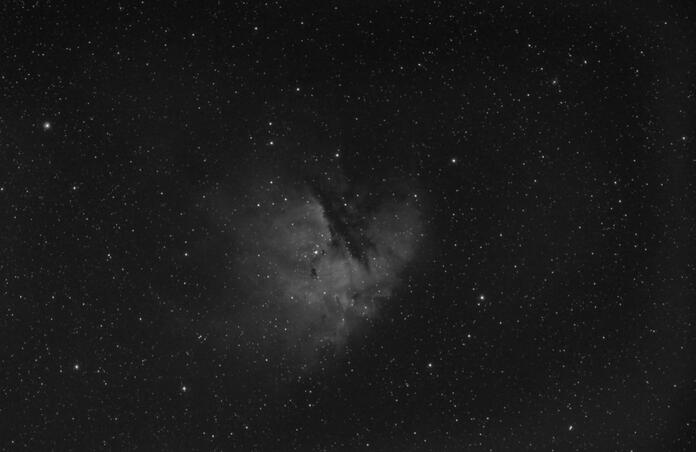Four Lessons I Learnt Doing Backyard Astrophotography

For those of you who live in a major urban neighborhood amongst Bortle 9+ skies like me, you know the issues with setting up and executing an observing session in your backyard.
There will be unnecessary lights everywhere - the next door neighbor’s house lights, nearby street lamps and the sky glow from distant lights in the city commercial centers or the downtown area itself.
You also probably have several obstructions to work around. For me, I am not able to view the eastern half of the sky from my backyard because my house (and several others) is in the way. As for the western half of the sky that I do have access to, there is a large tree here and telephone lines there that are issues I have to work around.
The good news is, that even with all these problems, I can still get good image data to work with. It takes some extra work and planning but it is possible. It also helps to have a really good light pollution filter at your disposal. Here’s what I’ve learned so far…
First, you need to have a solid plan for where and how you setup your equipment. For me, this meant seriously examining and comparing the different location options in my backyard. A lot of this work I did during the day as well as at night. During the day, it’s easier to determine where all the physical obstructions to the sky that you need to take into account. It’s also easier to understand where Polaris or Sigma Octantis will be in reference to your home site since you’ll need to consistently perform accurate polar alignments for your mount (unless you’re going to go manual).
Once this is decided, you’ll understand what amount of sky is actually available to you. If you’re like me, you may only have part of the sky available because of obstructions preventing you from seeing the whole sky.
You should also see what the site looks like at night. You’ll need to see how much stray light comes from your neighbors’ home and locally from the street that you’ll need to contend with.
My second learning?
If you’re on good terms with your neighbors and can talk to them about extinguishing their outside lights when you’re observing or imaging, they may be very happy to do so especially after you offer to share views of the major planets with them or the moon when they’re up and viewable. This opens a window to educating your neighbors about the night sky, especially when something special like a lunar eclipse happens or a stray comet wanders into the neighborhood sky.
Objects like M31, M13 or M42 are bright enough to see in small to moderate sized telescopes even in very light polluted skies and most people are not aware these objects even exist.
The third lesson?
When viewing or imaging, your target needs to be reasonably high in the sky to get the best views. This means at least 35 to 40 degrees above the horizon. If the target is much lower, the light pollution we all suffer with becomes a problem even with good filters. I’ve also gained a lot more respect for using monochrome cameras with only a light pollution filter.
I’ve attached recent images I’ve taken of 3 targets (M13, the open cluster M52 and the Bubble Nebula and NGC 281, the Pacman Nebula) that I took from my backyard not far from downtown Los Angeles.



I’m currently using a QHY 294M and Optilong L-Extreme light pollution filter using 3 and 5 minute sub exposure times through an Astro Tech AT102ED refractor. I’ve started a new project using narrowband filters and it will be interesting to see how this project turns out.
One more lesson: unless you have money to burn, you really do not need to invest in setting up a pier for your mount and equipment. A good sturdy tripod is all you really need and all that I use.
Stay safe and get your neighbors to turn off their lights at night and have them join in the fun….
This blog post was originally published in our Telescope Live Community.
The Community represents Telescope Live's virtual living room, where people exchange ideas and questions around astrophotography and astronomy.
Join the conversation now to find out more about astrophotography and to improve your observation and post-processing skills!
